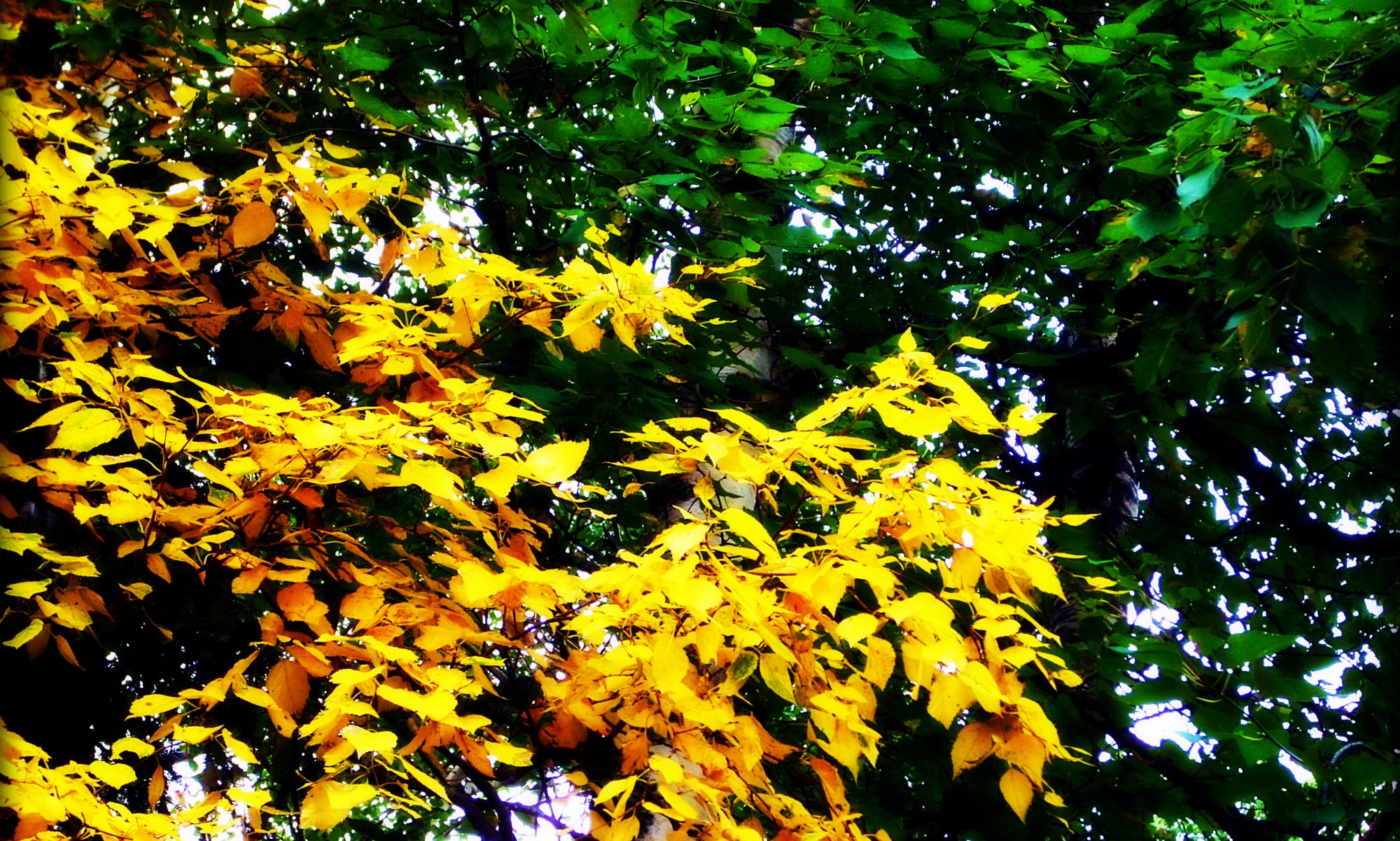It’s been a great week of (mainly sunny and crisp) autumn fieldwork for me, so I haven’t worked up another blog post. I’ll try to get to that soon as well. But for now here are a few links that I found to be interesting/amusing/useful on the web this week.
Some thoughts to consider on GMOs
On 8 August 2013, vandals destroyed a Philippine “Golden Rice” field trial. Officials and staff of the Philippine Department of Agriculture that conduct rice tests for the International Rice Research Institute (IRRI) and the Philippine Rice Research Institute (PhilRice) had gathered for a peaceful dialogue. They were taken by surprise when protesters invaded the compound, overwhelmed police and village security, and trampled the rice. Billed as an uprising of farmers, the destruction was actually carried out by protesters trucked in overnight in a dozen jeepneys.
On cold winter days, comfort-loving house cats of Nippon, Japan gather around charcoal braziers, snuggle under figure-silk quilts wrapped around their mistresses’ knees, or step into styling made-to-order garments. Once upon a time the Japanese ship’s cat was commonly classed as a member of the crew and might earn a rank higher than the cook.
My love of cats is tempered with deep respect
A young deer is the unfortunate star of a new viral video, as it was caught on film being killed by a cougar near Powell River, B.C.
…
Try to get this out of your head the next time you go for a relaxing nature hike.
My regular “not encouraging” link
The South African government said that 688 rhinos have been poached so far in 2013. There are still three months left in the year, but the number has already surpassed last year’s total of 668 slain rhinos.
Are you actually reading these links?
When we read on screen, the translucent surface holds the text at a remove from our fingers, displaying it under glass like an archaic specimen. This distance blunts our immersion in the words, causing us to regard them with irony even when we are enthusiastic about what they say. By making all events equally available (and equally distant), the screen engenders a simultaneity that nullifies the words’ ability to forge an alternative chronology or a summation of what the world is like. The screen’s imposition of historical simultaneity, in which events that occurred centuries apart appear side by side in undifferentiated sameness, is accentuated by the more agitated simultaneity of the multi-window experience. Whatever I may be looking at, I feel hectored by other screens that want my attention: email, Twitter, Facebook, newspapers, work-related sites.
The extensive impact of neonicotinoid pesticides
Widespread preemptive application of neonicotinoids (or any pesticide) represents a fundamental shift away from Integrated Pest Management, since chemicals are frequently applied before pest damage has occurred, and often in the absence of any current pest abundance data.

